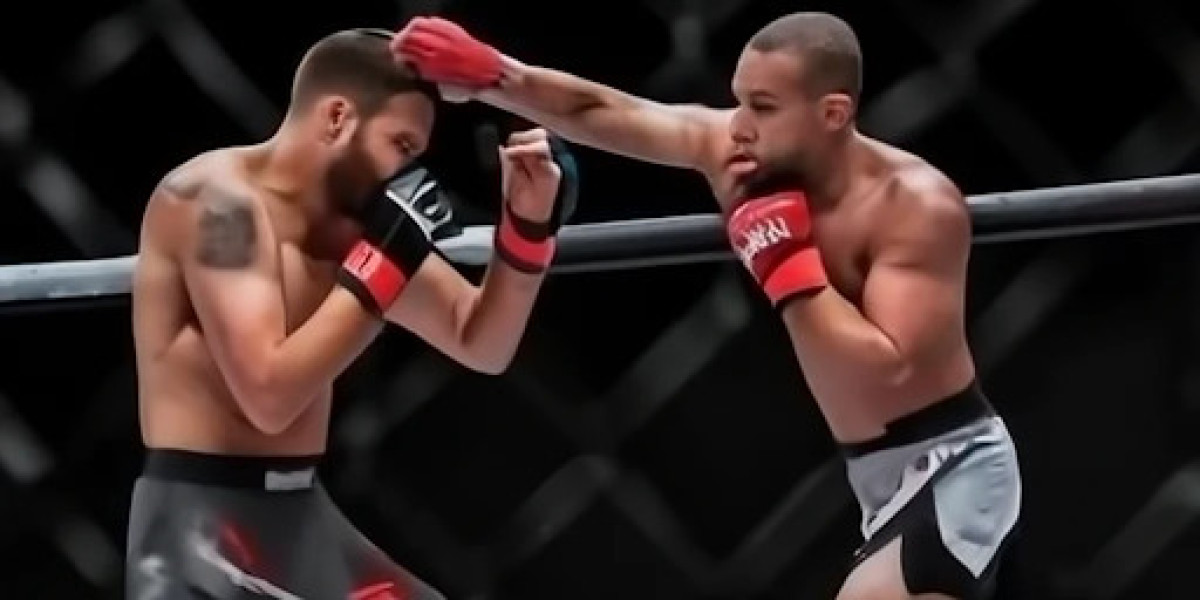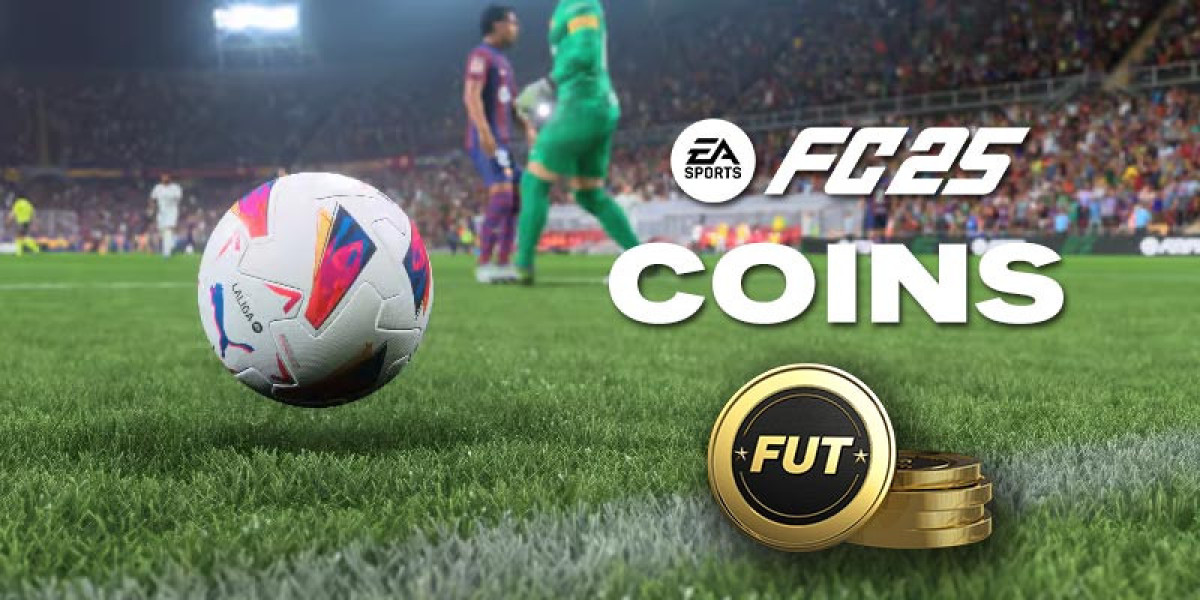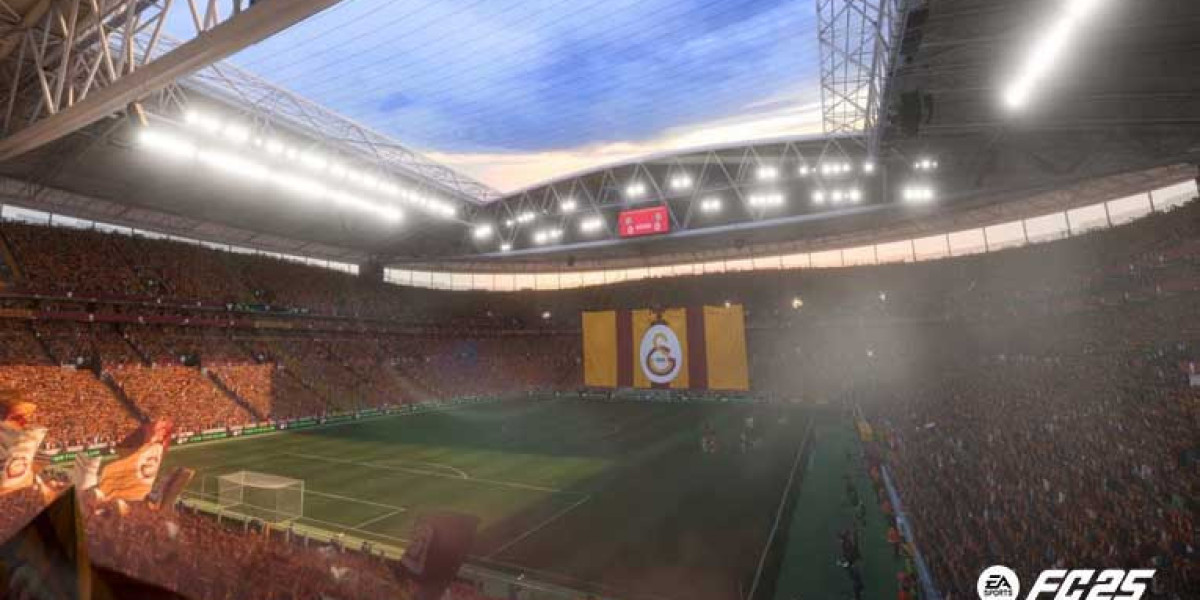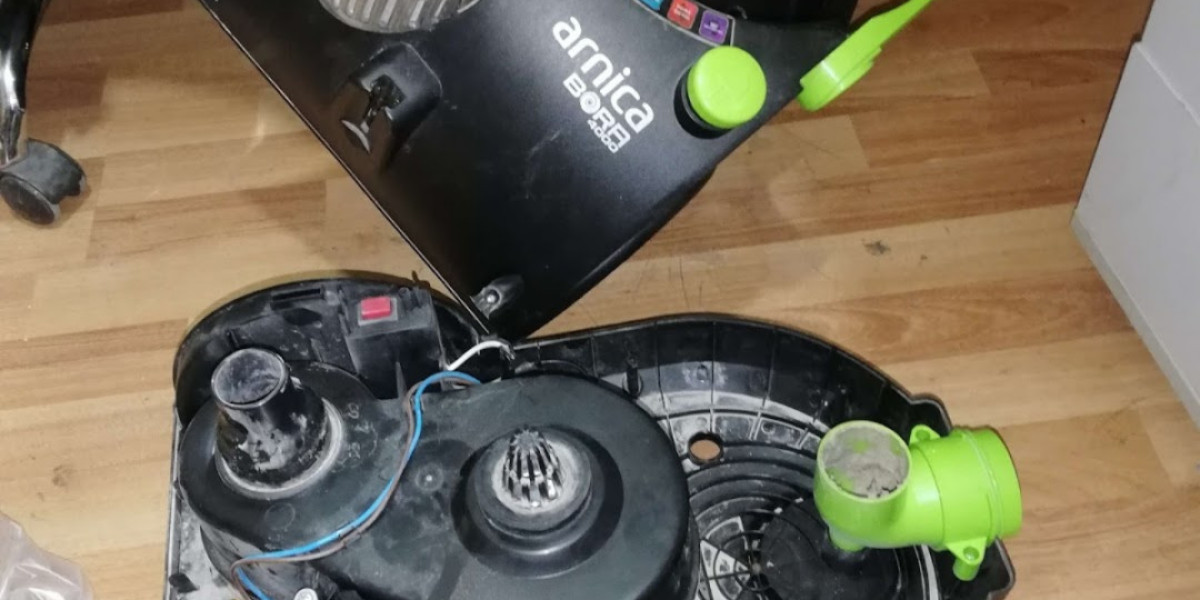LASIK surgery is a popular vision correction procedure that allows individuals to enjoy clear vision without needing glasses or contact lenses. However, certain precautions must be taken after the surgery to ensure proper healing.
Mixed martial arts (MMA) is a high-impact sport that involves striking, grappling, and intense physical contact. Engaging in MMA too soon after LASIK can pose risks to the eyes, so it is essential to understand when it is safe to resume training and competition.
How Soon Can You Resume MMA After LASIK?
After LASIK surgery, doctors generally recommend avoiding strenuous activities for at least a few weeks. MMA, being a high-intensity sport, requires even more caution. In most cases, ophthalmologists advise waiting at least one to two months before engaging in contact sports. The recovery time depends on individual healing, but stabilizing the cornea entirely is crucial before exposing the eyes to potential trauma.
Why Is MMA Risky After LASIK?
MMA involves frequent strikes to the face, headlocks, and ground grappling, increasing the chances of direct eye impact. After LASIK, the cornea is more vulnerable as it undergoes a healing process. Trauma to the Eye during this period can lead to complications such as flap dislocation, corneal damage, or delayed healing. Even minor strikes or pressure on the eyes can cause discomfort and potential vision issues.
What Are the Risks of Returning to MMA Too Soon?
Engaging in MMA too soon after LASIK can lead to several complications, including:
Flap Dislocation: LASIK involves creating a corneal flap, which needs time to heal and reattach securely. Any strong impact can shift or dislodge the flap, requiring medical intervention.
Corneal Inflammation: Strikes or pressure on the eyes can lead to irritation and inflammation, slowing the healing process.
Dry Eye Worsening: Post-LASIK dryness is common, and strenuous activities too soon can exacerbate discomfort and prolong recovery.
Vision Disturbances: Early exposure to intense movements or impacts can lead to blurred vision, halos, or light sensitivity.
Can Protective Gear Help?
Wearing protective gear, such as high-quality MMA headgear with face shields, can reduce the risk of direct eye impact. While no equipment can eliminate risks, protective headgear can minimize accidental strikes or pressure on the eyes. It is still advisable to consult an ophthalmologist before resuming training, even with protection.
How Can You Train Safely After LASIK?
If you are eager to return to MMA training, there are ways to do so safely while allowing your eyes to heal properly. Consider starting with non-contact training sessions such as:
Cardio and Conditioning: Exercise like running, cycling, or bodyweight workouts to maintain fitness.
Technical Drills: Work on shadowboxing, footwork, and bag drills without partner sparring.
Strength Training: Focus on weightlifting and core exercises while avoiding any movements that strain the eyes.
Grappling Without Submissions: If cleared by a doctor, light grappling with controlled movements can be introduced before full-contact training.
When Is It Safe to Spar Again?
Full-contact sparring should only be resumed once an ophthalmologist confirms that the eyes have healed completely. Typically, this takes around two to three months, but it varies depending on individual recovery. Some fighters may require more extended healing periods, especially if they experience dry eyes or other post-LASIK side effects. It is essential to ease back into sparring gradually and use protective gear to minimize risks.
Does LASIK Impact Depth Perception in MMA?
LASIK does not negatively affect depth perception in the long run, but some individuals may experience temporary vision adjustments during the healing phase. Blurriness, halos, and light sensitivity are common in the first few weeks, impacting hand-eye coordination and reaction times. Once healing is complete, vision typically stabilizes, and fighters can perform optimally.
Can LASIK Enhance Performance in MMA?
Clear vision without glasses or contact lenses can provide several advantages for MMA fighters. LASIK eliminates the risk of glasses breaking or contact lenses shifting during a fight, allowing for improved focus and reaction times. Many professional athletes have undergone LASIK to enhance their performance, as it provides long-term vision correction without dependence on external eyewear.
Are There Alternative Vision Correction Methods for Fighters?
For athletes who want to improve their vision but are concerned about LASIK risks, alternative procedures such as PRK (Photorefractive Keratectomy) or ICL (Implantable Collamer Lens) may be considered. PRK, for example, does not involve creating a corneal flap, reducing the risk of flap dislocation in high-impact sports. Discussing these options with an ophthalmologist can help determine the best vision correction method based on individual needs and lifestyle.
Should You Inform Your Trainer About LASIK?
It is crucial to communicate with your MMA trainer about your LASIK eye procedure. Coaches can modify training routines to ensure a safe recovery period. You can minimize accidental eye injuries during drills or sparring sessions by informing training partners and coaches. A gradual return to full training allows for proper healing without unnecessary risks.
What If an Accidental Strike Happens During Recovery?
If an accidental hit to the Eye occurs during recovery, it is essential to seek immediate medical attention. Even if there is no immediate pain or vision disturbance, a professional evaluation ensures that the corneal flap and overall eye health remain intact. Any sudden vision changes, discomfort, or swelling should be reported to an ophthalmologist promptly.
How Can You Protect Your Eyes Long-Term?
After fully recovering from LASIK, taking long-term precautions is beneficial for maintaining healthy vision while training in MMA. Simple habits such as wearing protective headgear, avoiding unnecessary eye rubbing, and using lubricating eye drops can help keep the eyes in optimal condition. Regular eye check-ups ensure that vision remains stable and that no underlying issues develop over time.
MMA is a physically demanding sport that requires caution after LASIK surgery. While LASIK provides clear vision and eliminates the need for glasses or contacts, proper healing time is crucial before resuming full-contact training.
Most fighters can return to non-contact training within a few weeks, but full sparring should be avoided for at least two to three months. Consulting an ophthalmologist before returning to MMA ensures that the eyes have healed correctly and that there is no risk of complications. Taking the necessary precautions allows fighters to enjoy the benefits of LASIK while protecting their vision for years to come.








